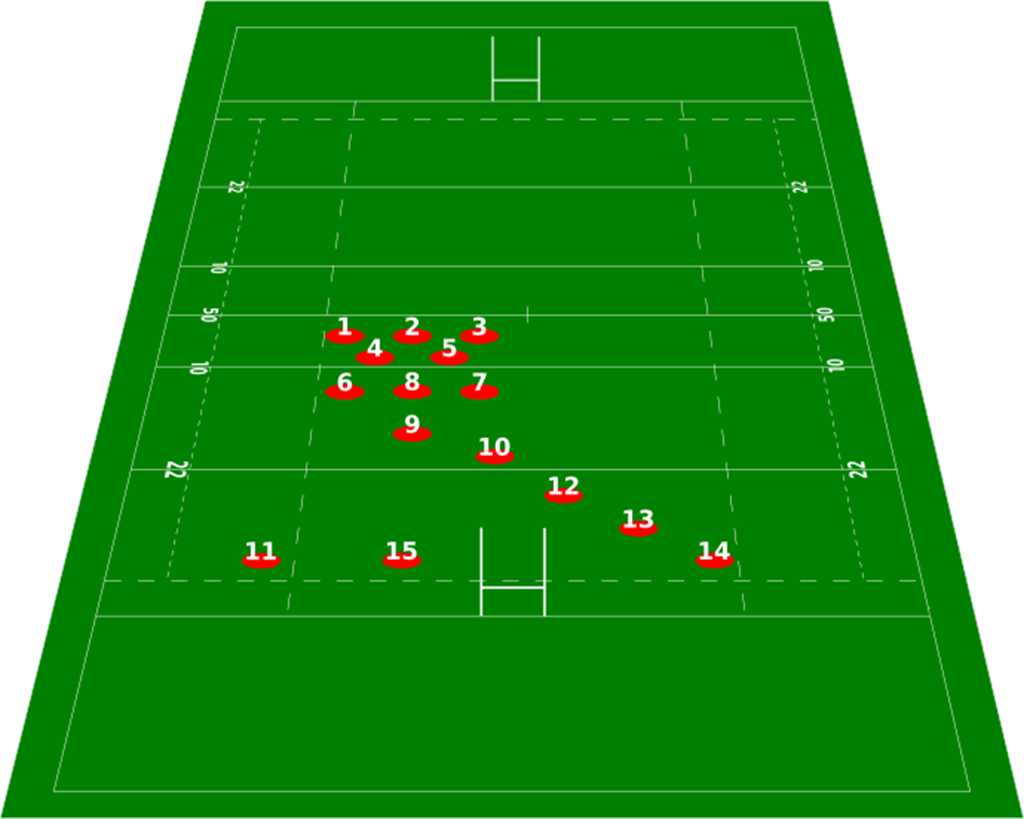
Rugby's 15 Positions Trivia Quiz
Can you match each one of Rugby's 15 starting positions to its jersey number? To assist your memory, I have added a famous player who excelled in their role for their home country.
A label quiz
by reedy.
Estimated time: 3 mins.
- Home
- »
- Quizzes
- »
- Sports Trivia
- »
- Rugby Union
